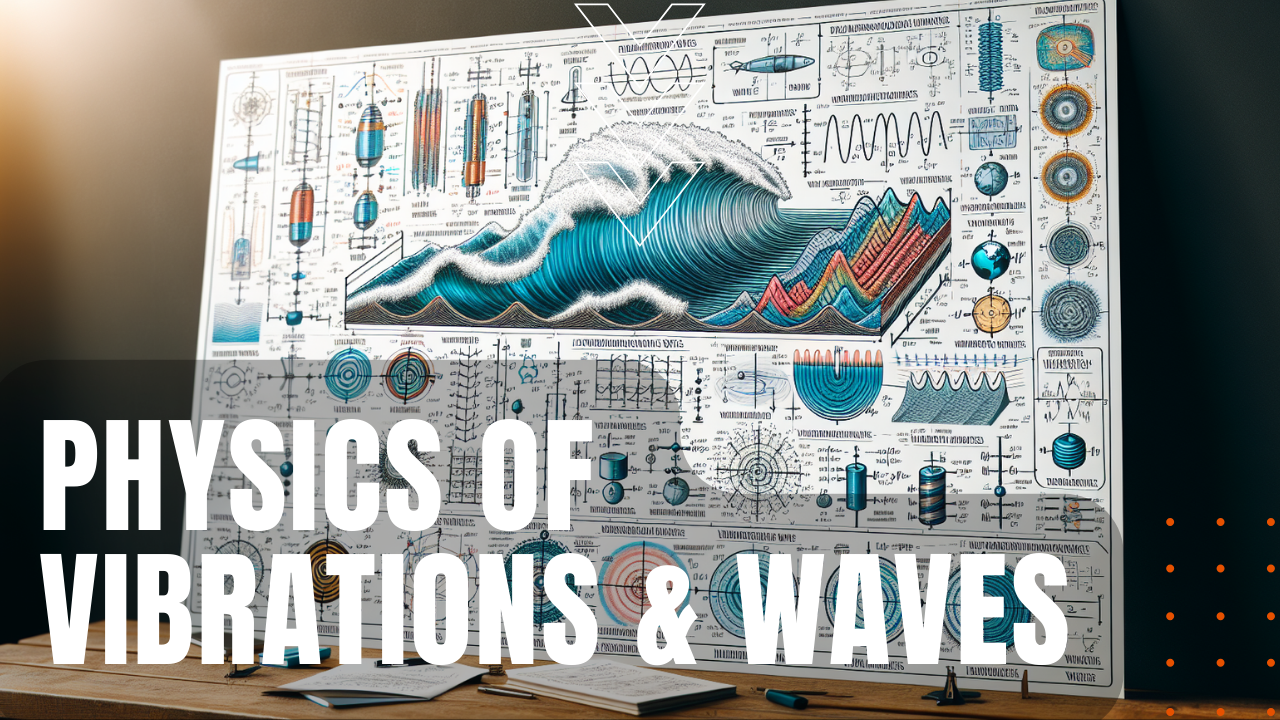The Physics of Vibrations & Waves

Considered fundamental concepts in physics, vibrations and waves describe the motion of particles or disturbances within a given medium, from sound to light to seismic waves—even to quantum mechanics. In a nutshell, vibrations and waves represent the oscillation of particles or fields in relationship to a fixed point of equilibrium, creating a pattern of repeatable motion that propagates through a given medium or space. Vibrational oscillations can range from simple harmonics as described by Hooke’s law for springs, where the restoring force is in direct proportion to its displacement from its base point of equilibrium, to more intricate systems of vibrations involving multiple frequencies and modalities of oscillation.
Nonpermanent Displacement
Unlike vibrations, however, waves involve the transfer of an energy source without any permanent displacement of matter, categorized into sound and seismic waves along with mechanical and electromagnetic waves. Waves are governed by several key principles within physics, such as a Wave Equation, which describes how waves propagate through a given medium, based on the wave’s speed, wavelength and frequency of its motion, while Superposition Principle examines two or more overlapping waves in a medium, wherein the displacement of a medium at any point is the algebraic sum of the displacements caused by each individual wave. Another important principle is Reflection, Refraction and Diffraction, wherein Reflection examines what happens when a wave encounters a boundary and bounces back, Refraction examines directional changes in a wave when it enters a different medium, and Diffraction examines how waves bend around objects or spread out after passing through a narrow opening.
Interference and Standing Waves
Other principles include Interference, when two or more waves combine to form a resultant single wave, wherein constructive interference causes an increase in amplitude, while destructive interference results in the opposite. Standing Waves, lastly, are formed when two waves of similar frequency and amplitude interfere with each other as they travel in opposite directions, resulting in points within the medium where displacement remains constant, known as nodes, and points of maximum displacement known as antinodes. Over the last century or so, by studying and understanding the behaviors of vibrations and waves, physicists and engineers have been able to harness these elemental forces for the development of new technologies, including telecommunications, medical imaging, seismology and musical acoustics, making the physics of vibrations and waves, a fundamental understanding of the seen and unseen world around us.
